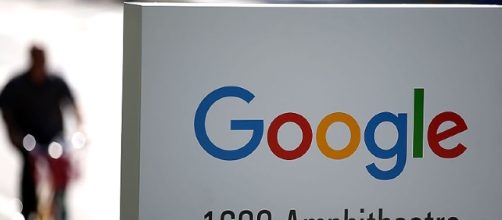With Google Fuchsia, the search giant is rumored to be finally making an operating system where it can add its name, just like is the case Microsoft Windows. The under-progress project is said to be an Android and Chrome OS hybrid, with inherited awesomeness from both.
Google Fuchsia OS is the latest buzz from the tech world and blogosphere in general. According to the details, the new Android—Chrome OS spin-off is currently passing through coding stages and great news for the open source community; it’s available on GitHub and the tech company’s own code depository, Google Git.
Here are some Fuchsia FAQs that could be helpful to inquirers.
What is Google Fuchsia?
No one knows for sure. Rumors have it that project Fuchsia is going to be an all-in-one operating system that will literally run all devices. The gossip about the tech giant’s new operating system first rose to surface last year, when it was thought that the company is secretly developing a new OS to drive its latest products like OnHub router and IoTs. If it is in fact search giant’s new operating system, then Google is building it from ground up because it is not based on Linux kernel.
Android—Chrome OS Hybrid?
Details are scanty, different sources say different things. It could be a Google OnHub software, could support hardware like the Internet of Things, could be the ultimate Microsoft Windows killer (Google would like that) or it could be an all-in-one operating system to drive everything and anything.
Has the company announced a release date?
There is no official word from Google about the new Android—Chrome OS Hybrid, let the launching date alone. But the year 2017 is the most anticipated Fuchsia release date among the tech news sources.
Why Fuchsia?
Why the name Fuchsia? As the subtitle says on Fuchsia GitHub page: "Pink + Purple == Fuchsia (a new Operating System)." The namesake of the new operating system (or maybe it’s just the project name), unlike Google’s usual choice of edible stuff on the part of Android, is inspired bya native American flower with pink and blue petals which naturally hangs upside down on the branches. So Fuchsia must be an American thing.
Fuchsia developer team
The open source OS project seems to be the brainchild of Christopher Anderson and Brian Swetland, embedded system experts, who also sit as featured developers on the Fuchsia GitHub page.
Anderson is currently a senior software engineer at Google while Swetland used to work on the company's Android TV and Nexus Q projects.
Known geeky details, possible features
- The news OS is going to be lightweight as it is built on Magenta and uses the medium-sized kernel, an off-shoot of yet another GitHub project called LittleKernel, so the open source runs in the Fuchsia family.
- Anderson and Swetland are not targeting any particular device, instead, the software is anticipated to power embedded systems/hardware (devices like smart watches) and Internet of Things.
- Magenta kernel is specialized to exploit fast processors and high RAMs used in smartphones and computers, which clues that Google Fuchsia, like Windows 10, could be an effort to handle both devices. The advent of Android apps on Chrome OS also serves as a powerful indicator.
- The Magenta platform offers advanced features well over just to be utilized by Wi-Fi connected third-party IoTs. Reportedly, Fuchsia would support graphic rendering, suggesting that it could serve as an interface for AR devices.
According to the Verge, Google Fuchsia is “currently being tested on all sorts of systems.” The developers are currently trying to add drivers’ support for PCs, laptops, and other devices and more is expected to be revealed in the coming months.

